Stevie Ray Vaughan and Double Trouble’s ‘Texas Flood’: Out of the Gate
by Mark Leviton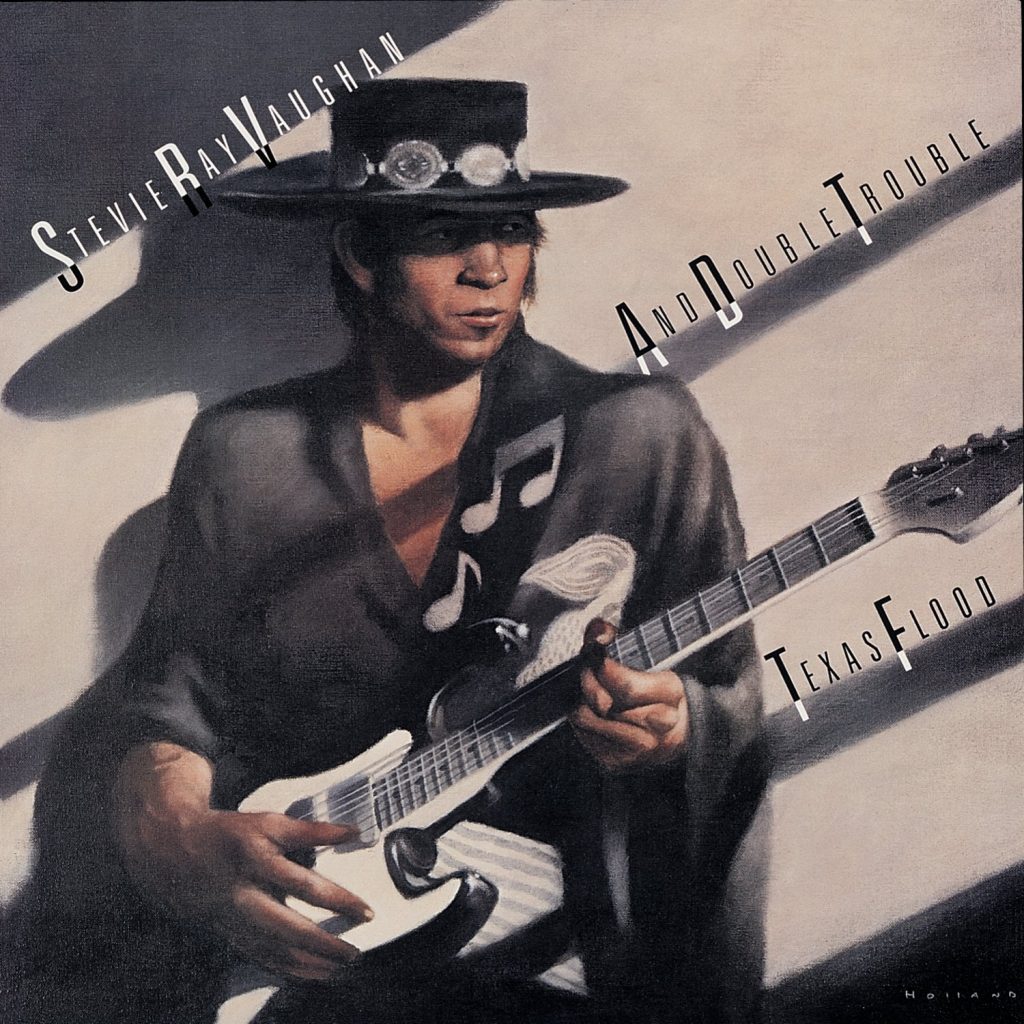 Not many informal “demo” recording sessions result in releasable masters, let alone platinum-selling albums, but Texas Flood, the debut from the blues-rock trio Stevie Ray Vaughan and Double Trouble, is the exception that proves the rule. Recording over a long Thanksgiving weekend in 1982 in a funky Los Angeles warehouse stocked with only basic equipment and tape machines, guitarist Vaughan, bassist Tommy Shannon and drummer Chris “Whipper” Layton produced 10 ½ tracks (the tape ran out while the eleventh song was underway) that led to their being signed to a major label, and the fame and commercial success they’d been pursuing for many years.
Not many informal “demo” recording sessions result in releasable masters, let alone platinum-selling albums, but Texas Flood, the debut from the blues-rock trio Stevie Ray Vaughan and Double Trouble, is the exception that proves the rule. Recording over a long Thanksgiving weekend in 1982 in a funky Los Angeles warehouse stocked with only basic equipment and tape machines, guitarist Vaughan, bassist Tommy Shannon and drummer Chris “Whipper” Layton produced 10 ½ tracks (the tape ran out while the eleventh song was underway) that led to their being signed to a major label, and the fame and commercial success they’d been pursuing for many years.
Dropping out of high school, Vaughan had moved from his hometown of Dallas, Texas, to the even more music-rich environs of state capital Austin in 1971. At the age of 17 he’d already been playing guitar for 10 years, absorbing the blues repertoire of all the greats, including his favorites, Buddy Guy, Howlin’ Wolf and Albert King. His older brother Jimmie was a professional musician whose band played the large Texas nightclub circuit, and opened for Jimi Hendrix at the Will Rogers Coliseum in Fort Worth in 1969. As his brother co-founded the Fabulous Thunderbirds and found national fame, Stevie Ray kicked around Austin with a variety of groups, often appearing at one of the premier Austin showcases, Antone’s. When he hooked up with Shannon and Layton in 1978, naming the band after an Otis Rush song, the chemistry was finally right, but it was four years before he got his big break—actually, several breaks in a row.
In the spring of 1982, legendary A&R man and producer Jerry Wexler heard Double Trouble at a record release party for Austin singer Lou Ann Barton, whose album Old Enough he’d just co-produced with Glenn Frey. Wexler immediately called his friend Claude Nobs, who ran the Montreux Jazz Festival in Switzerland, about booking the group. Taking Wexler’s enthusiasm as gospel, Nobs offered Double Trouble a slot on the July 17, 1982, “blues night” without hearing a note. On a bill with John Hammond, Koko Taylor and J.B. Hutto, Double Trouble played an incendiary 10-minute version of Larry Davis’ 1958 Duke single “Texas Flood.” There were scattered boos from the blues purists who preferred acoustic sounds to the power trio’s rock-infused approach, but afterwards two very impressed listeners, Jackson Browne and David Bowie, buttonholed Vaughan backstage, offering encouragement. (Browne was booked to play his own show on July 18, and Bowie was in town working up songs with his new producer, Nile Rodgers.)
Bowie recruited Vaughan to play on his next album (eventually titled Let’s Dance), to be recorded at the Power Station in New York City in December. Browne, after a well-lubricated jam session with Double Trouble and members of his own band at the Montreux Casino bar the next night, offered the group free studio time to make an audition tape at his Los Angeles digs. After Double Trouble took up Browne’s offer on November 22-24 (with guitar tech Richard Mullen engineering), that tape made its way to the now-retired A&R man John Hammond Sr. (who’d famously signed Bob Dylan, Aretha Franklin, Billie Holiday, Leonard Cohen and Bruce Springsteen to Columbia Records). Hammond clued in Gregg Geller at Epic Records, who quickly signed the band to the label. “The idea of the electric blues was so unfashionable, but I felt there was such a need for what [Stevie] was doing,” Geller told writer Ashley Khan in 2011. “There was a need for a guitar hero; the old ones were inactive, or doing pop records.”
Related: A best-selling bio of the musician shares its title with the debut album
Geller quickly concluded that the demo tape from Browne’s Down Town Studio, with a few tweaks, could be released as Double Trouble’s debut. After a few overdubs in New York and at Austin’s Riverside Sound, the 10-cut LP was issued in June 1983 to near-universal acclaim and strong sales. There were six Vaughan originals, two of which were released as singles and opened the album, “Love Struck Baby” and “Pride and Joy.” The first is a joyous Chuck Berry-inspired rocker that is unrelenting in its forward movement, saying everything it needs to in less than two and a half minutes. Vaughan’s singing is humorous and relaxed, and he hits every note spot on.
“Pride and Joy” is a gutsy Texas blues shuffle, which really takes off during the two extended guitar solos, powered by the extra-sensitive pickups Vaughan had installed on his 1959 Fender Stratocaster. Both tracks received extensive airplay on stations that were otherwise consumed with the latest from Michael Jackson, the Police and Dexys Midnight Runners. The change of pace made Double Trouble stand out from the pack, when programmers would allow it on the air.
“Texas Flood” is next, the longest track on the album and the authoritative statement of Double Trouble’s hardcore blues credentials. As they do for the whole set, Shannon and Layton provide a reliable bed for Vaughan to roll around in. As tremendous as his lead vocal is, it’s his guitar that anchors the conversation. He does it all, pinching and pulling his heavy-gauge strings, using the whammy-bar, spinning out threads of high-pitched runs, and leaning into brittle single notes à la his idol Albert King. “Texas Flood” is followed by a version of Howlin’ Wolf’s 1960 B-side “Tell Me.” Vaughan roughens his voice further in homage to Wolf, and lays down a real roadhouse-style, distortion-heavy solo. The first side of the LP concludes with a frantic instrumental take on the Isley Brothers’ 1964 T-Neck single “Testify.” As the original source included the young Jimi Hendrix on lead guitar, Vaughan injects numerous Hendrix-isms (keening high, floating notes and sudden bends among them), showing off in high spirits. Layton’s super-accurate, propulsive drumming is a wonder.
Watch SRV perform “Testify” live
“Rude Mood” is another super-fast-paced instrumental raver that Vaughan uses to show his whole bag of tricks, from machine-gun-quick runs up the scale to strummed chords that enter and retreat like phantoms, or build into an impossibly rapid Bob Wills-type swing. “Mary Had a Little Lamb” is based on Buddy Guy’s version on Vanguard in 1967, and is sensuous and slinky, Vaughan essentially imitating Guy’s style. (In live performances he made more of it than he shows here.)
Vaughan’s original “Dirty Pool” starts and stays in low gear, with more than a hint of Peter Green with John Mayall’s Bluesbreakers and early Fleetwood Mac in the tempo and vocal quality: “True love is gone, I’ve been played for a fool/I’m turning the tables on you/You’ve been playing dirty pool.” It’s a great performance, but serves as a warm-up for “I’m Cryin’,” a “Pride and Joy” clone which is the only track that substitutes a vocal recorded at Media Sound in New York for whatever happened at Jackson Browne’s place. The guitar playing rips again, concise and formed with a series of coil-and-release moments.
The concluding “Lenny” is a gorgeous instrumental tribute to Vaughan’s wife, and shows how Vaughan is able to incorporate Hendrix licks from mid-tempo material like “The Wind Cries Mary” and “Little Wing” with his own deep blues matriculation. This is where Vaughan connects the dots between big city electric titans like B.B. King, the rural acoustic players like Robert Johnson, and “young bucks” Jeff Beck, Keith Richards and Eric Clapton.
Listen to a live version of “Lenny” from Carnegie Hall
Soon after its June 13, 1983 release, Texas Flood made it to #38 on the Billboard Top 200 album chart, and has sold over two million copies to date. The 30th anniversary compact disc reissue adds a fantastic live show from October 1983 at Ripley’s Music Hall in Philadelphia, which includes an incredible version of Hendrix’s “Voodoo Child (Slight Return)” and a 12-minute medley of “Little Wing” and “Third Stone From the Sun” alongside the Texas Flood material. Vaughan made plenty more great music before his tragic death in a helicopter crash on August 27, 1990, when he was just 35 years of age. We can only wonder where he would be musically today if he’d lived—Texas Flood makes it clear from the get-go that he had unlimited potential.
Watch Vaughan perform the title track live at the El Mocambo
Vaughan’s recordings are available in the U.S. here and in the U.K. here.
Related: Remembering SRV
- Smokey Robinson & the Miracles’ ‘Going to a Go-Go’: Life of the Party - 11/11/2025
- Patti Smith’s ‘Horses’: Poetry In Motion - 11/10/2025
- Rockpile’s ‘Seconds of Pleasure’: One And Done - 11/08/2025

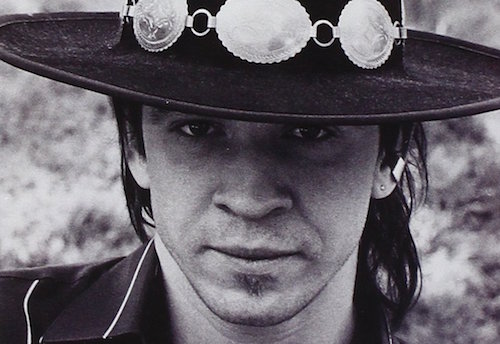
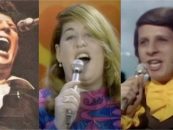

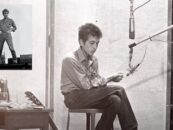
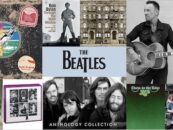

1 Comment so far
Jump into a conversationI read a review about “Texas Flood” in Stereo Review but nobody in town had a copy, had to order it. I loved every single note on every song and was sold on Stevie Ray Vaughn. I got to see him live in Missoula, Mt just a few months before his crash. He is missed.